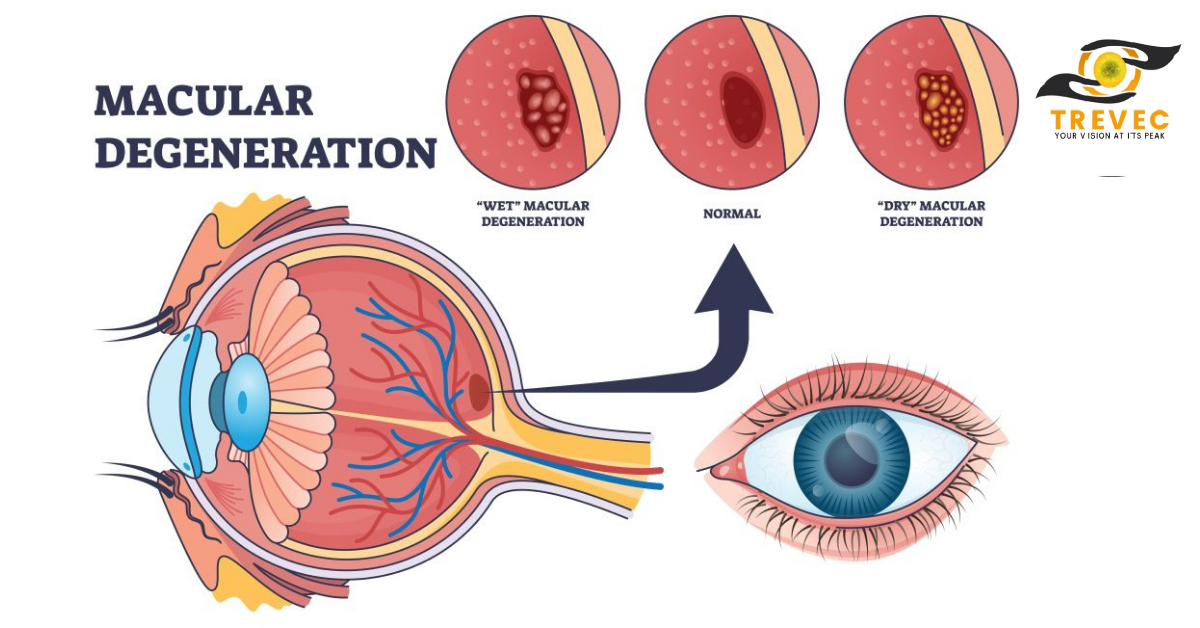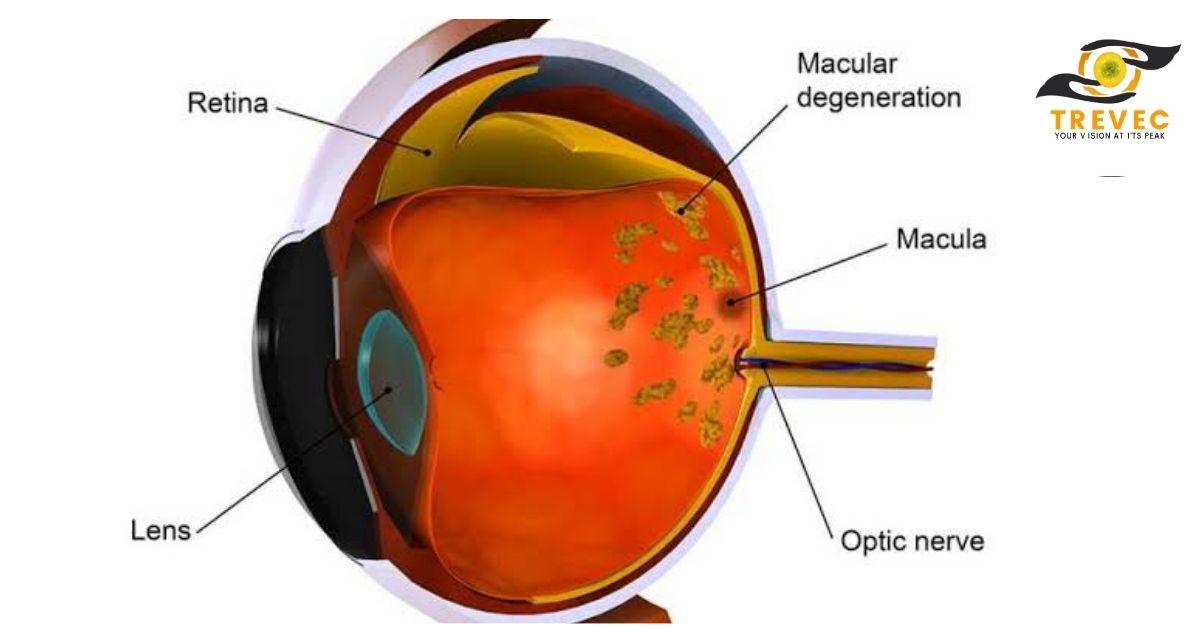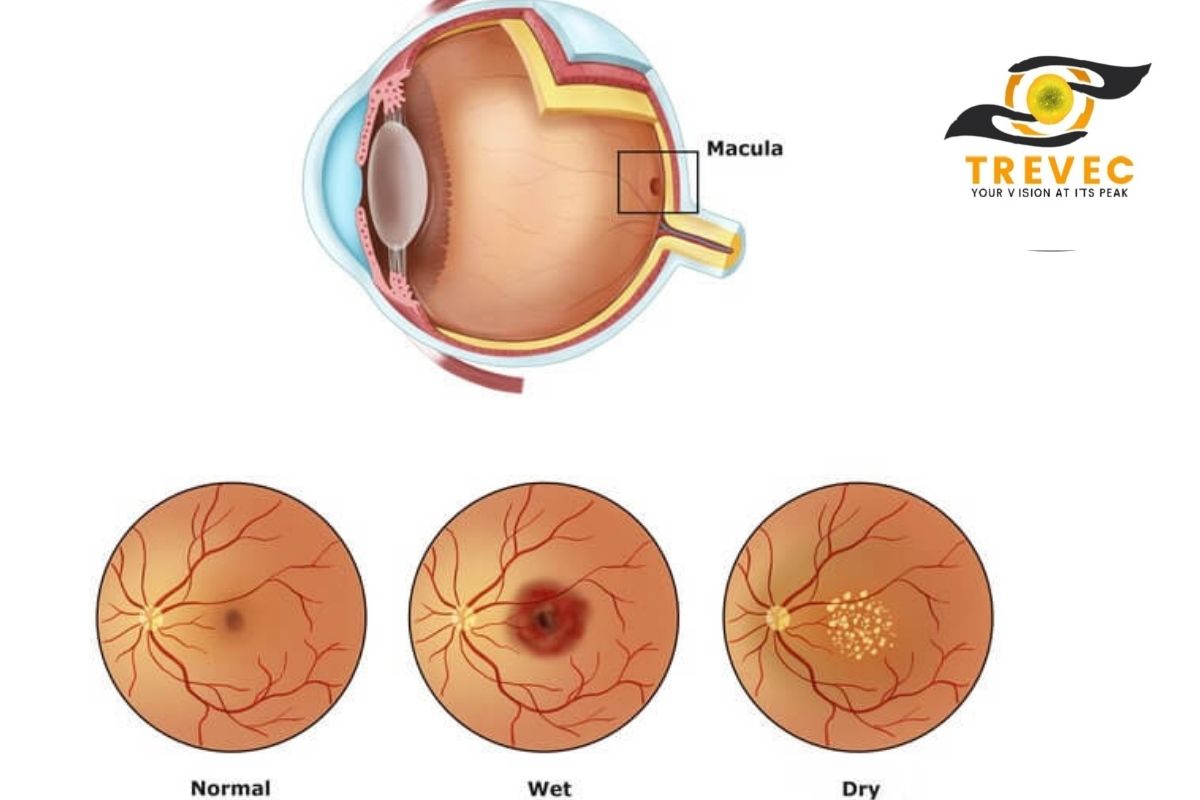Understanding Macular Degeneration
Introduction
At 67, Mrs. Johnson had always loved reading bedtime stories to her grandchildren. However, over the past year, she had noticed that the words on the page were becoming blurry, and the faces of her loved ones seemed hazy at the center of her vision. At first, she blamed her glasses, but when straight lines in her kitchen tiles began to look wavy, she decided to visit the eye clinic. After a detailed examination, she learned she had age-related macular degeneration (AMD). While the news was unsettling, early detection meant her condition could be managed before it significantly affected her daily life.
What Is Macular Degeneration?
Macular degeneration, also known as age-related macular degeneration (AMD), is one of the leading causes of vision loss in adults over the age of 50. It affects the macula, the central portion of the retina responsible for sharp, detailed vision. Although it does not cause complete blindness, it can make everyday tasks such as reading, driving, or recognizing faces very difficult. Understanding its causes, symptoms, and treatment options is key to protecting your vision.
AMD in Numbers
Macular degeneration is a global concern:
– It affects more than 200 million people worldwide, and the number is expected to rise to 288 million by 2040.
– AMD is the leading cause of severe vision loss in people over 50.
– In many countries, AMD accounts for over 8% of all cases of blindness.
Stages of Macular Degeneration
Macular degeneration generally progresses through three stages:
– Early Stage: Small drusen (yellow deposits) form under the retina; usually, no vision symptoms.
– Intermediate Stage: Medium to large drusen; mild blurring or trouble seeing in low light may appear.
– Late Stage: Advanced dry AMD (geographic atrophy) or wet AMD causing significant central vision loss.
Types of Macular Degeneration
There are two main types:
- Dry AMD (Atrophic)
– The most common form (80–90% of cases).
– Occurs when the macula gradually thins and yellow deposits (drusen) form beneath the retina.
– Vision loss is usually slow and progressive. - Wet AMD (Neovascular)
– Less common but more aggressive.
– Caused by abnormal blood vessels growing under the retina, leaking fluid or blood.
– Can lead to rapid vision loss if untreated.
Causes and Risk Factors
Several factors can contribute to AMD:
– Age: Risk increases significantly after age 50.
– Family history: Genetics can play a strong role.
– Smoking: Doubles the risk of AMD.
– Health conditions: High blood pressure, high cholesterol, and obesity.
– Sun exposure: Long-term UV exposure without protection.
– Diet: Low intake of antioxidants and omega-3 fatty acids.
Stay tuned to learn more on how to go about the symptoms, treatment and management of macular degeneration in our next post.
For all eye-related concerns, visit us at TREETOP VISION EYE CENTRE (TREVEC), the best eye clinic in Utako, Abuja.
TREVEC CARES!!!



